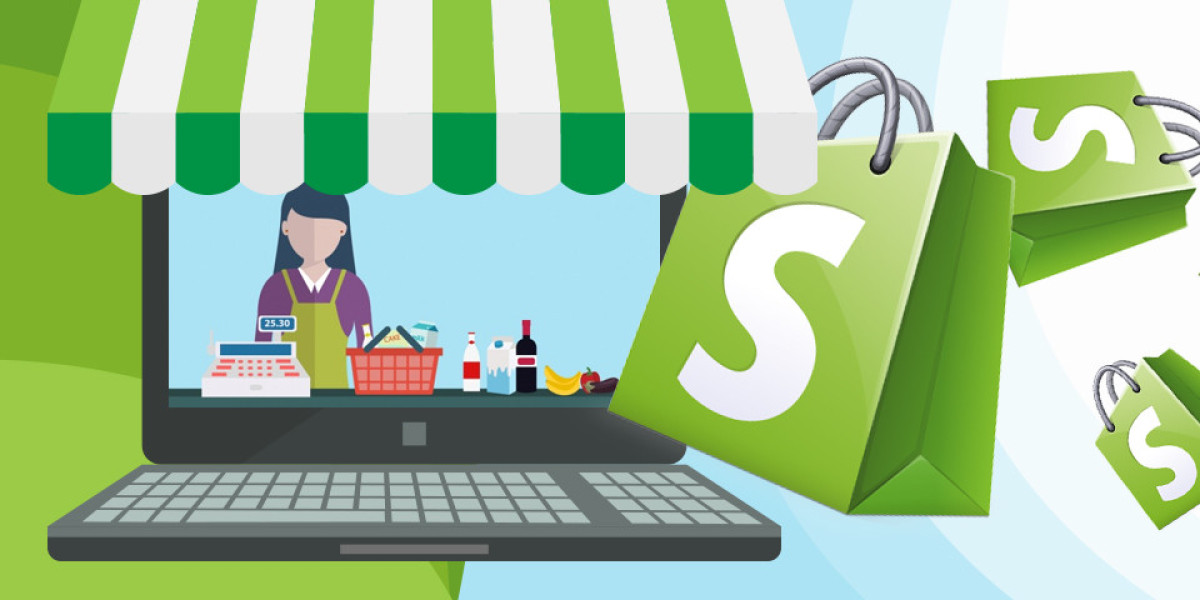Design isn’t just about making your store look good — it’s about making it sell.
In 2025, customers expect more from ecommerce stores: speed, clarity, trustworthiness, and a seamless shopping experience. If your Shopify store isn’t converting visitors into customers, your design might be the problem — and the solution.
This guide walks you through the essential elements to design a high converting Shopify store, from homepage to checkout.
1. Choose a Clean, Conversion-Focused Theme
Your Shopify theme sets the foundation for everything.
What to look for:
Fast-loading and mobile-responsive
Minimalist layout with strong product focus
Clear calls-to-action (CTAs)
Built-in conversion features (sticky add-to-cart, quick buy, etc.)
Recommended Shopify themes for conversions:
Dawn (free, lightweight, customizable)
Impulse (great for high-volume stores)
Streamline (great mobile UX and animations)
Motion (storytelling and brand-focused)
? Tip: Always preview your theme on mobile and test navigation before publishing.
2. Craft a High-Impact Homepage
The homepage is your first impression — and often a make-or-break moment.
Key homepage elements:
Clear headline: One line that explains what you sell and why it matters
Hero image or video: Show your best product in action
Trust indicators: Featured in, reviews, secure checkout badges
Call-to-action button: “Shop Now” or “Browse Collection”
Visual hierarchy: Guide users from top to product categories
Keep it simple. Don’t overload your homepage — it should direct visitors toward shopping, not distract them.
3. Use High-Quality Product Images and Videos
Visual content is the #1 conversion factor in ecommerce.
Best practices:
Use multiple angles and zoom-enabled images
Add lifestyle images (show the product in use)
Include short product videos for demonstration or unboxing
Maintain consistency in size, lighting, and background
If your products look cheap, cluttered, or confusing, visitors won’t convert — even if the product is great.
4. Write Product Descriptions That Sell
Your product page is your virtual salesperson. Poor copy is a conversion killer.
Structure your descriptions:
Headline: Summarize the value (not just features)
Bullets: Highlight key benefits and specifications
Paragraph: Tell a short story or use case
SEO: Use keywords naturally in your copy and metadata
Use Shopify's metafields to organize info cleanly (e.g., ingredients, sizing, materials).
5. Build Trust with Social Proof
Social proof reduces hesitation. If other people love your products, new visitors are more likely to buy.
Add to your store:
Product reviews: Use apps like Judge.me, Loox, or Yotpo
Customer photos: Create a gallery or highlight UGC
Testimonials: Place on homepage or product pages
Real-time purchases: Show recent sales (e.g., via Fera or Sales Pop apps)
Bonus tip: Include money-back guarantees, free returns, and secure checkout badges near your CTA buttons.
6. Simplify Your Navigation
Confusing navigation leads to friction — and friction kills conversions.
Best practices:
Use a sticky menu with key links (Home, Shop, About, Contact)
Keep collections clearly labeled (e.g., “Men’s Hoodies” not just “Apparel”)
Include a search bar
Highlight key collections or bestsellers with banners or dropdowns
Avoid overloading the menu — keep it lean and intuitive.
7. Optimize the Checkout Process
Once a visitor adds to cart, don’t lose them to a clunky checkout.
Steps to simplify checkout:
Enable Shop Pay, Apple Pay, and Google Pay
Offer guest checkout (no forced account creation)
Auto-fill fields and reduce form length
Show free shipping progress bars (e.g., “You’re $10 away from free shipping!”)
Use apps like ReConvert or Checkout X to optimize post-purchase upsells and thank you pages.
8. Improve Site Speed and Mobile UX
Google and Shopify agree: site speed and mobile-first design impact both SEO and conversion rates.
Speed optimization tips:
Use compressed images (WebP format is ideal)
Limit the number of third-party apps
Choose a lightweight theme
Avoid unnecessary animations or pop-ups
Test your speed with tools like Google PageSpeed Insights, GTmetrix, or Shopify’s Online Store Speed Report.
9. Add Conversion Boosters
Sometimes small tweaks = big revenue.
High-converting extras:
Sticky “Add to Cart” button
Urgency messages (e.g., “Only 2 left in stock!”)
Exit-intent popups (offer a discount or lead magnet)
Cart drawer (slide-in mini cart instead of new page)
Wishlist and compare features
Apps like Vitals, Honeycomb, or Klaviyo can help implement these quickly.
10. A/B Test and Use Heatmaps
Even the best design is a hypothesis. Use data to improve over time.
Tools to use:
Hotjar or Lucky Orange: See how users interact with your site
Google Optimize (or Shopify's native A/B testing for Plus users)
Track conversions by landing page, device type, and traffic source
Test everything — headlines, button colors, product image order — and let the data decide what works.
Final Thoughts
Designing a high-converting Shopify store is part art, part science. It’s about guiding visitors through a seamless experience where the value is obvious, the buying process is effortless, and trust is built at every step.
Whether you're starting from scratch or optimizing an existing store, apply these principles to turn more visitors into customers — and more customers into repeat buyers. With support from an eCommerce and Digital Enabler like Rholab, you can build a store that performs and scales effectively.








